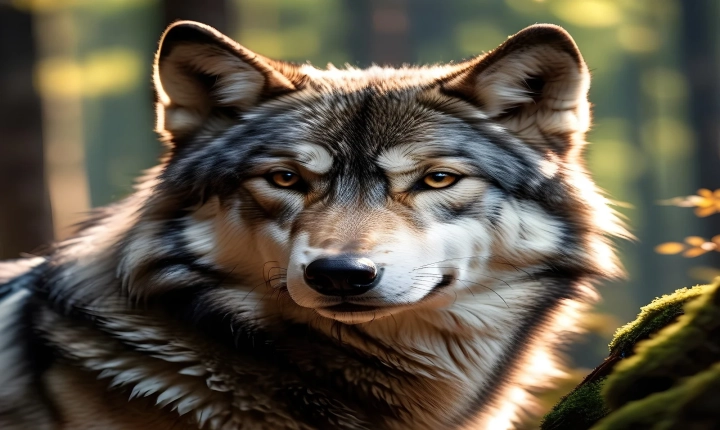Artificial intelligence (AI) has been a game-changer in many industries, including the world of art. With its ability to analyze data, recognize patterns, and generate new content, AI has opened up exciting possibilities for artists looking to push the boundaries of creativity. Whether you’re a painter, musician, or writer, incorporating AI into your artistic process can lead to innovative and compelling outcomes. In this article, we will explore how artists can harness the power of AI to enhance their work and inspire new forms of expression.
One of the most popular applications of AI in the art world is the use of generative algorithms to create visual art. Artists and designers can use AI-powered software to generate unique patterns, shapes, and images, providing a starting point for further artistic exploration. These algorithms can analyze existing artworks, learn from them, and create entirely new compositions based on the patterns and styles they have learned.
For example, artists can use style transfer algorithms to merge different artistic styles, resulting in visually stunning and original pieces of art. By feeding the AI system with images of famous artworks or using specific art styles as input, artists can create new, hybrid styles that blend the characteristics of various art movements. This process can serve as a source of inspiration for artists, helping them to break free from traditional artistic constraints and explore new creative possibilities.
AI can also be instrumental in music composition and production. Musicians can leverage AI to generate musical scores, create unique soundscapes, and even assist in the mixing and mastering process. AI can analyze vast amounts of musical data, identify patterns, and generate original compositions that align with a musician’s vision. This technology empowers artists to experiment with new musical forms, collaborate with AI systems as creative partners, and explore innovative ways to engage with their audience.
Furthermore, AI has shown its potential in the field of literature and writing. Natural language processing (NLP) models can be employed to generate text, provide creative prompts, and even assist in the editing and revision process. Writers can utilize AI to overcome writer’s block, generate story ideas, and explore new narrative structures. Additionally, AI-powered language models can offer language translation and grammar correction abilities, further enhancing an artist’s toolkit.
It’s important to note that while AI can offer groundbreaking tools and insights to artists, it should be viewed as a complement to, rather than a replacement for, human creativity. The integration of AI into the creative process opens up a world of possibilities, but the human touch remains essential in maintaining the authenticity and emotional depth of artistic expression.
As artists venture into the realm of AI-assisted creation, ethical considerations must be taken into account. The responsible use of AI in art involves awareness of potential biases in the algorithms, transparency in the creation process, and the recognition of the unique value that human creativity brings to the table. Artists need to be conscious of the implications of using AI and strive to use it in ways that align with their artistic integrity and values.
In conclusion, the integration of AI into the artistic process represents a paradigm shift in the way we create and experience art. By leveraging AI technologies, artists can unlock new levels of creativity, gain fresh perspectives, and innovate in ways previously unattainable. However, it is crucial for artists to approach AI with a balanced and informed mindset, understanding its capabilities, limitations, and ethical considerations. As AI continues to evolve, it will undoubtedly continue to inspire and support the creative endeavors of artists around the world.
